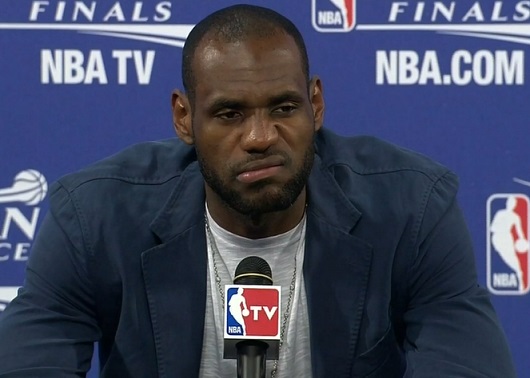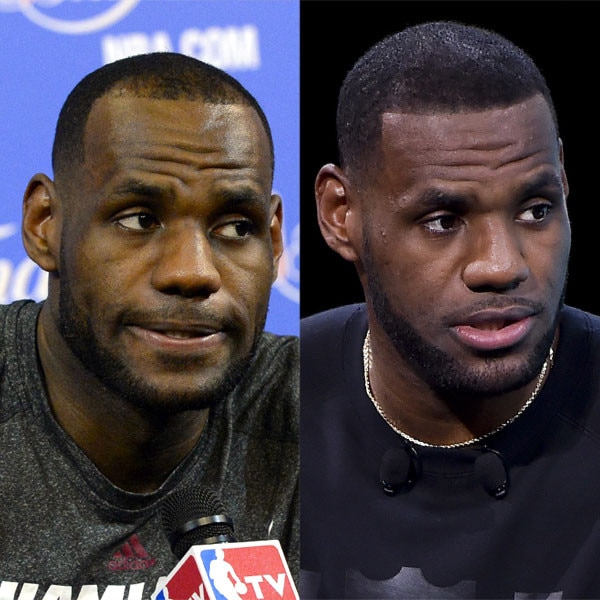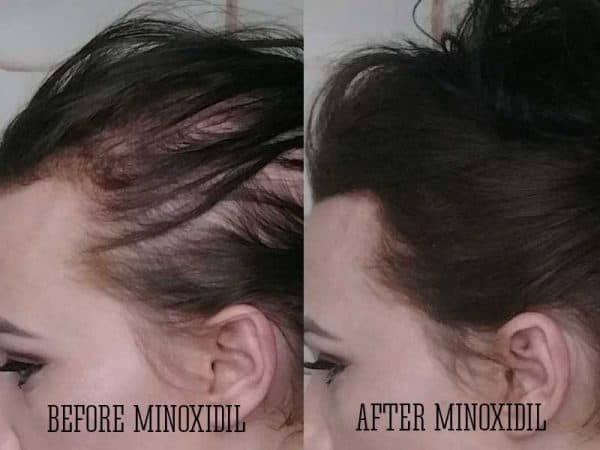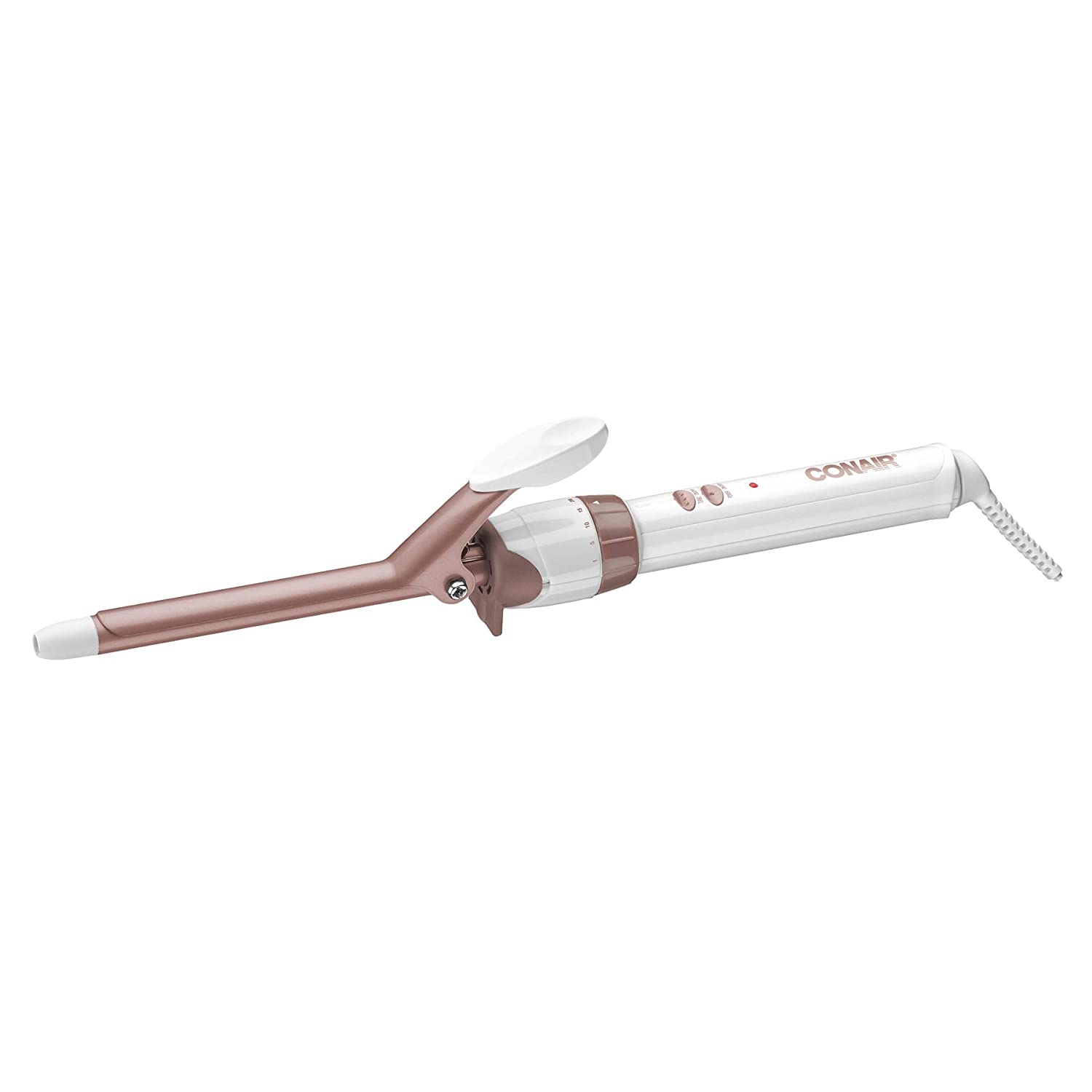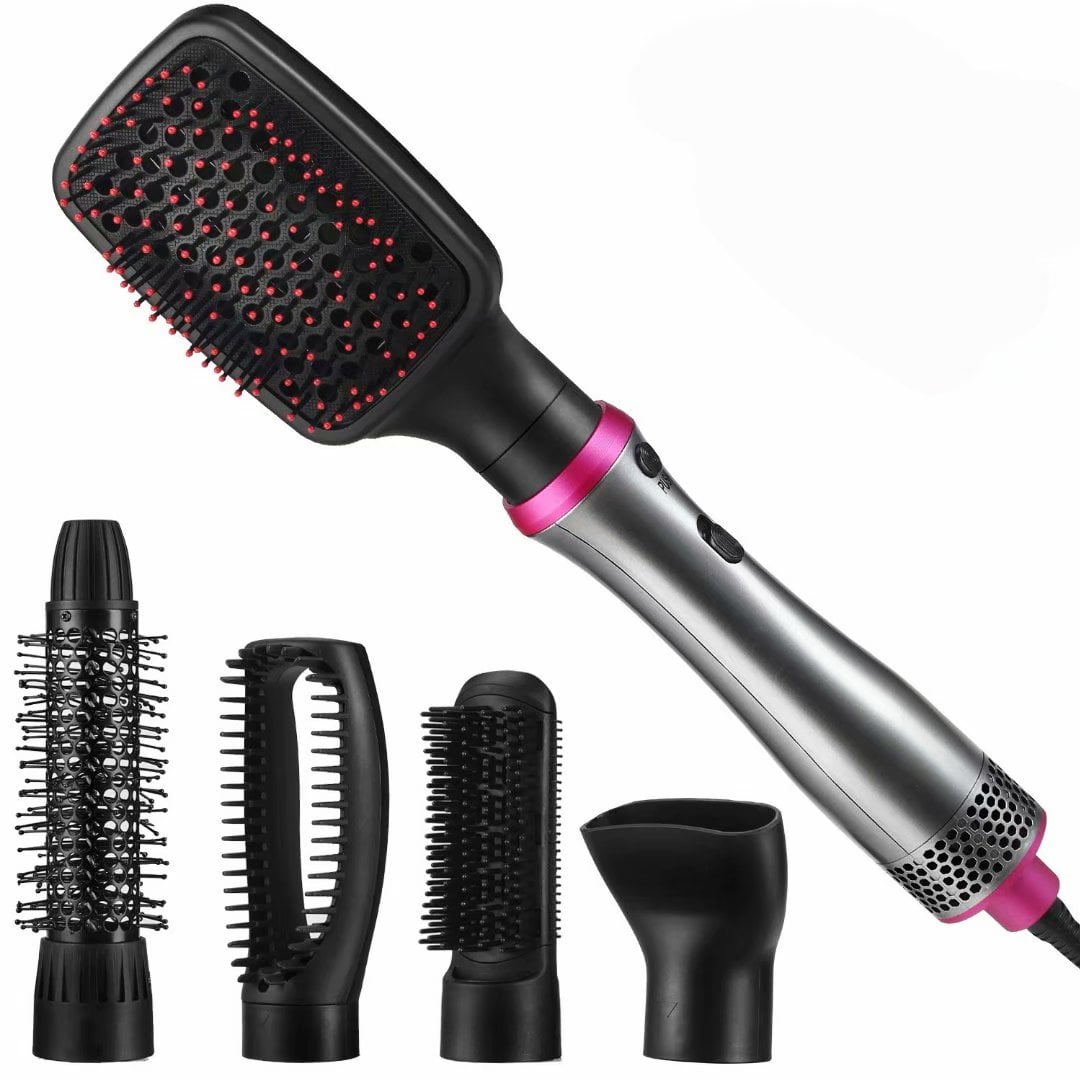Table Of Content

For those taking minoxidil or Rogaine, the amount of initial shedding will vary from person to person. In general, minoxidil shedding can last up to 8 weeks, after which you start noticing results. However, it may take up to four months to see the maximal effects of decreased hair loss and new hair growth (Badri, 2021). Originally developed to treat hypertension, researchers observed that people with hair loss who used minoxidil to treat their high blood pressure experienced hair regrowth. While minoxidil doesn’t work for everyone, it does successfully decrease hair loss and increase hair growth in many people. Generally speaking, it’s common to see increased hair fall after taking minoxidil.
Other minoxidil side effects
Minoxidil works to prolong the Anagen phase to minimize hair loss. But unfortunately for many women, they don’t know if Minoxidil is working because results can take up to nine months, or worse, never occur. People experiencing genetic hair loss (Androgenetic Alopecia) have a shortened anagen phase, which causes their hair follicles to shrink.
Can Rogaine make hair loss worse?
These treatments that emit red- or near-infrared light are believed to stimulate hair follicles to help hair grow, with a lower risk of side effects compared to topical creams and oral medications. While it’s not totally clear how minoxidil works, we do know this drug is a vasodilator—meaning it dilates your blood vessels so that blood flows more easily where it’s applied. Increased blood circulation to your scalp may stimulate hair growth (Badri, 2021). Topical minoxidil used for hair growth is clinically proven to work. Blood vessels in the scalp open, allowing nutrients to get to the hair follicles. Minoxidil works for hereditary hair loss, which is hair loss due to heredity, hormones, and age.

Frequently asked questions about Rogaine
Minoxidil shedding usually occurs within two to four weeks and may last up to eight weeks. After this time, it settles down, and you’ll start to see hair growth. In this article, we’ll look at the facts behind minoxidil shedding phases. Not only that, but we’ll also explore the facts to see if using this treatment can truly cause further hair loss. Also, if you already use Rogaine and don’t see results within 4 months, follow up with your doctor.
Although topical minoxidil is only approved for use in Australia for androgenic alopecia, there is some evidence it can also help in other conditions that cause hair loss. It’s very common and usually nothing to worry about; about half of Australian men show signs of visible baldness at age 50 and over a quarter of Australian women report hair thinning by the same age. In the oral minoxidil clinical trial, the patient's hair growth stopped within one to six months after stopping treatment, and their appearances were restored to what they looked like before treatment. Larger studies will be needed to further support oral minoxidil's effectiveness for hair loss treatment. Still, some researchers have generally found oral minoxidil to be helpful. Side effects occur more frequently with 5% Rogaine products than with 2% Rogaine products because the 5% forms provide more of its active ingredient, minoxidil.
The 14 Best Hair Growth Serums for Thicker, Fuller Hair - Health.com
The 14 Best Hair Growth Serums for Thicker, Fuller Hair.
Posted: Wed, 20 Mar 2024 07:00:00 GMT [source]
And to unpack this, we should start from the end of the process. If you’re seeing a lot of hair loss, you might want to switch to a less powerful dose of minoxidil. If you’re concerned about hair loss and haven’t started using minoxidil yet, start with a lower concentration and work up to a higher one if you need it. However, minoxidil also extends the growth phase of your hair.
Other Medical Problems
We know that it dilates blood vessels in the scalp which improve blood flow, but the precise mechanisms on how it promotes hair growth are not completely understood. If you notice that you continue to experience shedding after four months, minoxidil might not be the right product for you, or something else may be causing your hair loss. Talk to your healthcare provider about alternative treatments. Oral minoxidil can have an adverse drug interaction with alcohol, causing a decrease in blood pressure. But topical minoxidil does not significantly react with alcohol use. However, alcohol can dry out the skin, which could irritate your scalp when using topical minoxidil products.
Minoxidil 10% and 15%: Is High Strength More Effective For Hair Growth? - MSN
Minoxidil 10% and 15%: Is High Strength More Effective For Hair Growth?.
Posted: Sun, 14 Apr 2024 17:40:07 GMT [source]
Rogaine vs. minoxidil
Rogaine is the only topical ingredient approved by the Food and Drug Administration (FDA) for regrowing hair. Rogaine can treat hair loss from androgenetic alopecia, also known as male or female pattern hair loss (FPHL). Minoxidil is a common medication prescribed for treating hair loss-related problems. It provides remarkable benefits to patients with hair disorders.
Trademark Notice
Vasodilators make blood vessels relax, which increases blood flow to your hair follicles. However, a person should inform their doctor or pharmacist of any other prescription or nonprescription medications they are using before purchasing minoxidil. If a person experiences any side effects, they should stop using the drug immediately and speak with a medical professional. Minoxidil and finasteride (Proscar and Propecia), another drug that prevents hair loss, are the only drugs that the Food and Drug Administration (FDA) has approved as treatments for hair loss in males.
A minute amount of minoxidil solution could pass through the mother’s breast milk to the infant. As for oral minoxidil taken for high blood pressure, consult your healthcare provider if you are expecting, as it has not been tested in pregnant women. Spontaneous resolution occurred first on the face and arms (1–3 months), followed by the legs (4–5 months) after minoxidil termination.
The clinically proven test assesses a few strands of your hair to see if you have the SULT1A1 enzyme. Talk to your care team about the use of this medication in children. It has not been tested for safety in people under 18, over 65, or those who are pregnant.
Let's break it down into potential benefits and complications or risks with the key main takeaways. Unfortunately, the hair growth effects caused by minoxidil do gradually decrease when you stop using the ingredient. This is something to consider, taking into account your lifestyle, whether this addition in your routine is achievable and if the regular cost is feasible.
However, they are not a substitute for professional medical advice, diagnosis, or treatment. Taking minoxidil affects two stages of the hair growth process—the anagen phase and the telogen phase. While minoxidil extends the length of the anagen phase, it shortens the length of the telogen phase (Badri, 2021). Below, we’ll cover how common it is to experience hair loss while taking minoxidil, how long it lasts, and other side effects you can expect from this OTC medication. Rogaine is generally considered safe, but in some cases it can cause side effects, such as scalp irritation, unwanted hair growth, or temporary shedding. Even so, if you’re dealing with hair loss, it’s a good idea to talk with your doctor before starting treatment.

